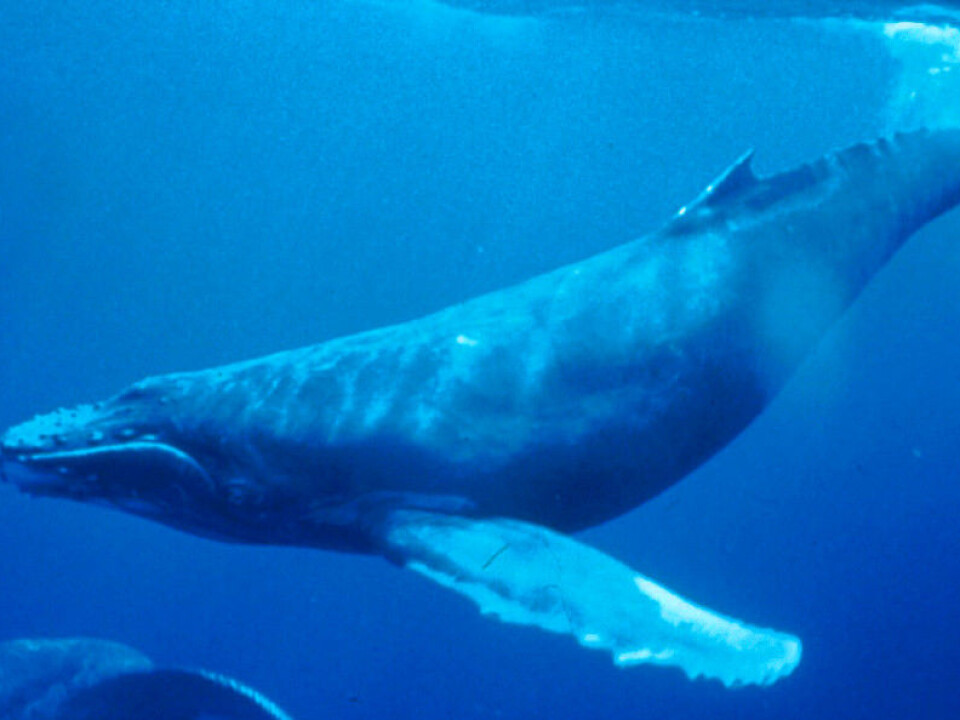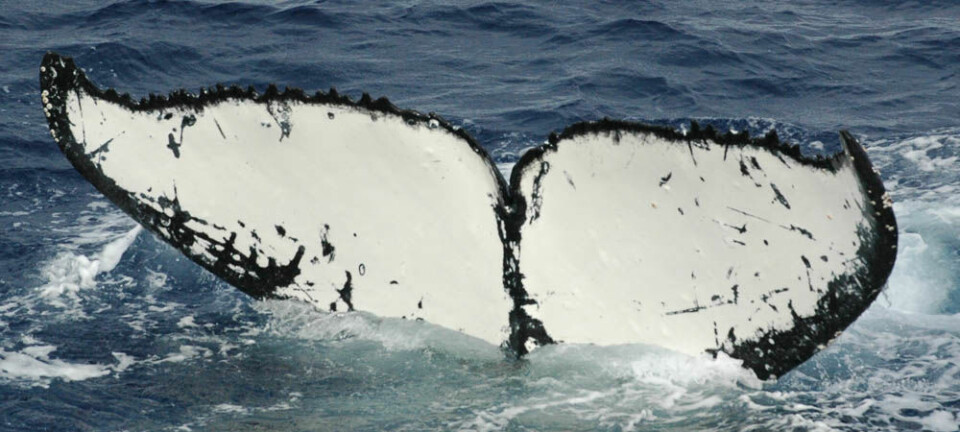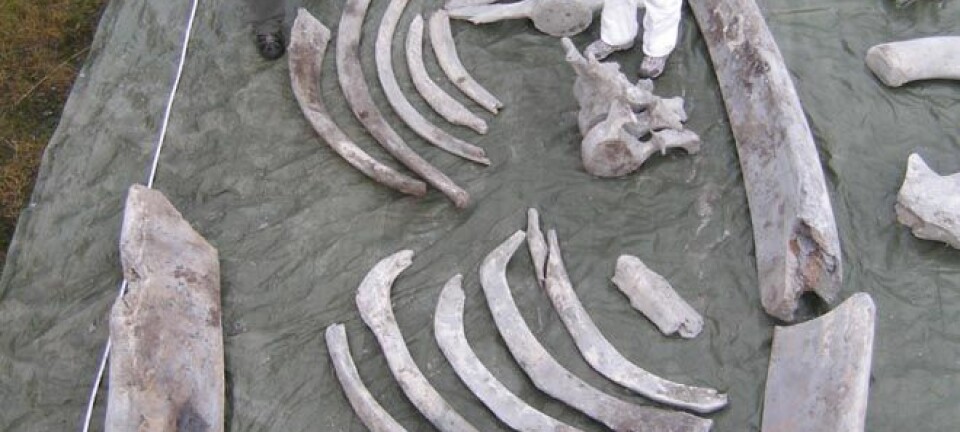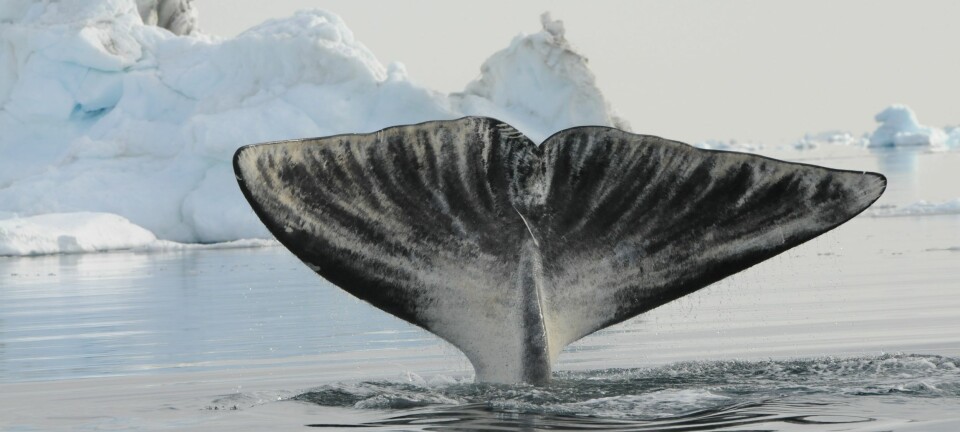
Tracking the migrations of humpback whales
The migrations of humpback whales from Arctic waters are much more complicated than previously believed. These whales have now been spotted in a myriad of places.
All humpback whales have individual, unique patterns on their tail flukes. No two humpbacks in the oceans are identical. Nature researcher and photographer Fredrik Broms in Tromsø, North Norway, is using photos of the unique fluke patterns to track movements of humpback whales observed in Norwegian waters.
Broms and research colleagues in Tromsø are collaborating with National Geographic and getting support for their efforts to establish an international website and overview of humpback whales that are observed in Norwegian waters. He has also enlisted help from the general public in taking pictures of humpbacks.
The photos from Norway will be compared with 8,000 other pictures of humpbacks from round the world that have been catalogued in a database in the USA since the 1970s. Anyone can follow their “own” humpback whale from place to place. If you take a picture of one of these whales you can also see where it has been observed earlier.
Public assistance
“Charting humpback migrations using tail fluke photos is well established in the USA,” says Broms.

This photo identifying effort involving the public’s contributions of pictures has proven to be a very effective research method, providing projects with data extending over many years.
“This is necessary for studies of long-living mammals such as humpback whales,” says Broms.
Humpback whales in the western Atlantic Ocean – off Canada, the USA and the Caribbean – are now well catalogued. But much less in known about their cousins on the European side of the ocean.
Fairly anonymous in Norway
One of the reasons for this is that the ‘Norwegian’ humpback whales spend their summers around Svalbard and the Barents Sea. There are just not that many people out in the ocean in these waters scouting and photographing the magnificent marine mammals.
Humpbacks usually swim directly from the Barents Sea and down to the Caribbean in the winter. This is another reason why so few are observed.
Almost urban
The humpback whales in the Barents Sea migrate in search of food. They find plenty of it around the Svalbard Archipelago in the summer. Now they have discovered bounteous shoals of herring in the fjords just outside of North Norway’s largest city, Tromsø. So the past three or four years the whales have started swimming to the Norwegian coast in late autumn on their journey to the south. They spend over two months here feasting on the local herring.
“It’s a new phenomenon for them to be coming here to Tromsø. This is occurring to an extent which no living person has ever witnessed. It gives us a unique opportunity to chart the otherwise little known north-eastern stock of North Atlantic humpback whales,” explains Broms.
Fredrik Broms has to date counted 453 different individuals among the 30-40 tonne whale species right outside the city of Tromsø.
“I recognise steadily more of these individuals from one year to the next, thanks to their identifying markings on their flukes.”
“But we still don’t know much about the route taken by the humpbacks at the beginning of the year.”
Until now scientists have assumed that nearly all the humpbacks from the Barents Sea migrate straight to Caribbean waters, off Central America.
“But we now suspect that the humpback migration pattern is much more complex. ‘Norwegian’ whales have been sighted in lots of places, north, south, east and west.”
Pictures of humpback whales in Norwegian waters can be sent to hvalobservasjoner@akvaplan.niva.no. Remember to mention where and when a photo was taken.
--------------------------------
Read the full story in Norwegian at forskning.no
Translated by: Glenn Ostling

































